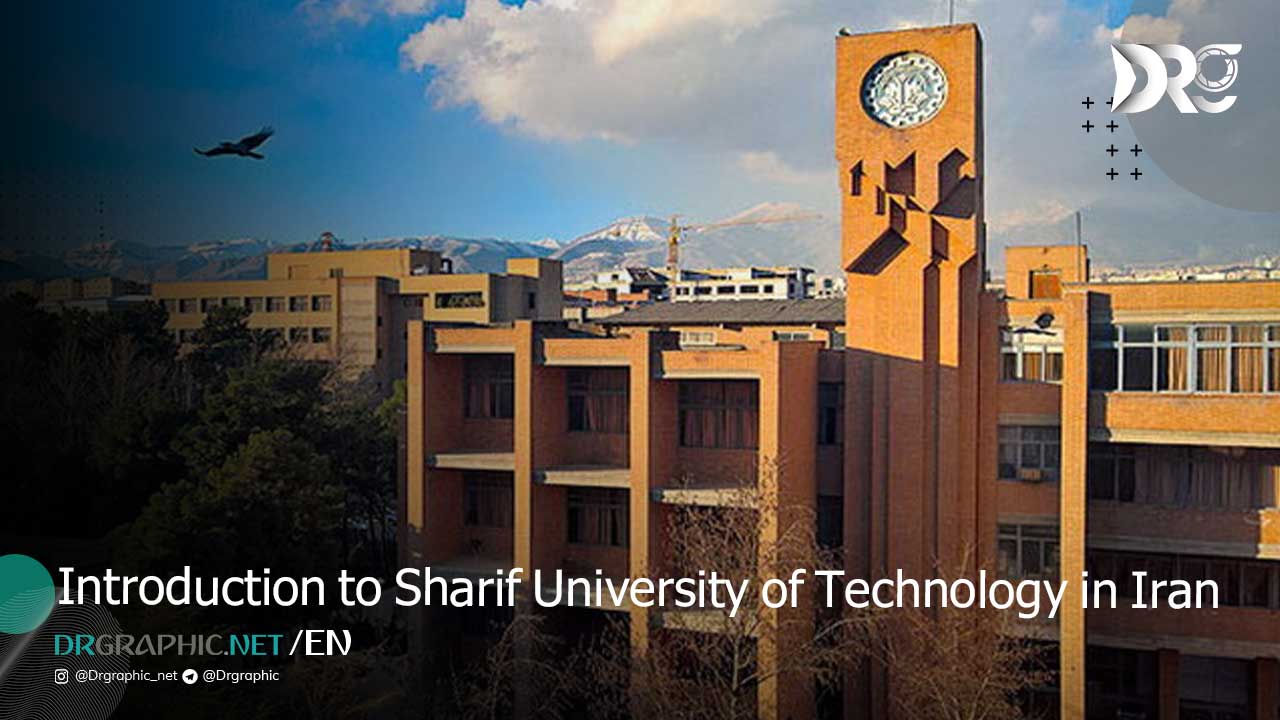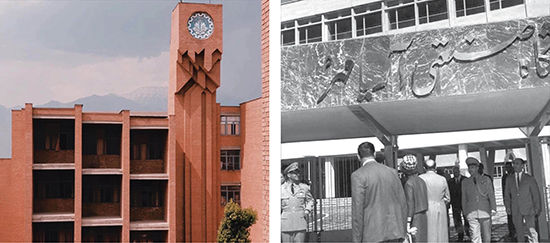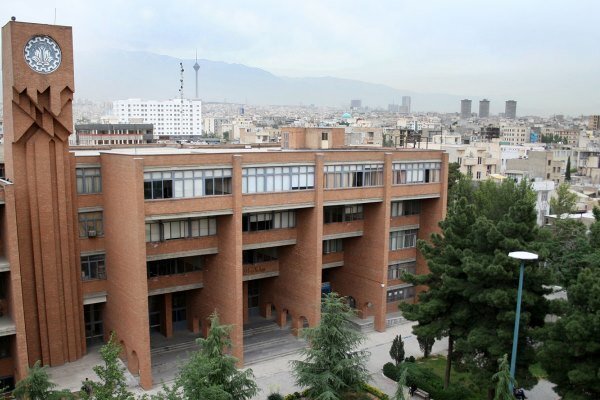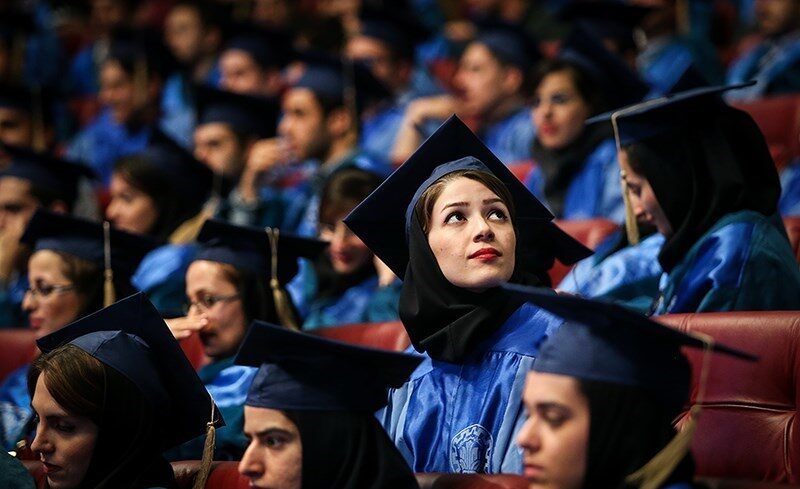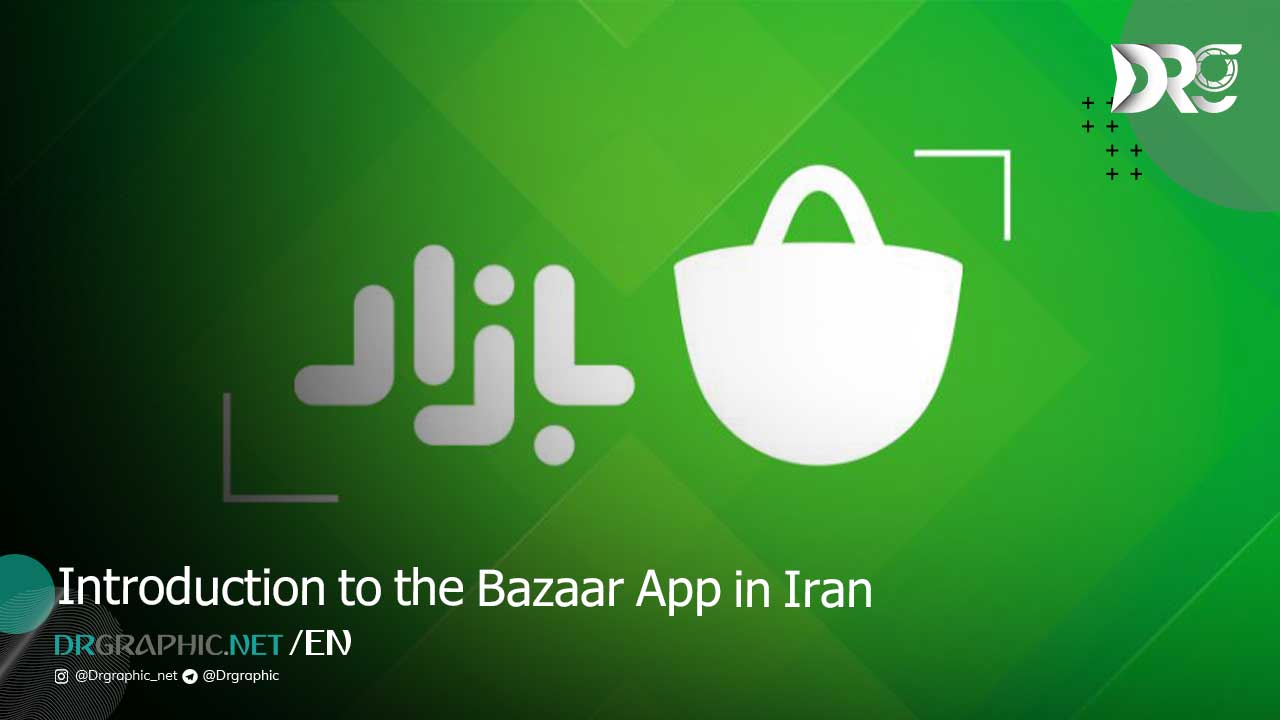Sharif University of Technology (SUT), located in Tehran, Iran, stands as one of the most prestigious and competitive higher education institutions in the Middle East. Known for its rigorous academic standards and excellence in science, engineering, and technology, Sharif has played a pivotal role in shaping Iran’s intellectual and technological landscape. Often referred to as “Iran’s MIT,” the university has produced many of the country’s top scientists, entrepreneurs, and policymakers. Dr.Graphic provides an overview of Sharif University’s history, academic programs, global impact, and student life.
History and Background
Sharif University of Technology was established in 1966 under the name “Aryamehr University of Technology,” during the reign of Mohammad Reza Shah Pahlavi. Its foundation aimed to create a center of excellence in engineering and science education that could drive Iran’s modernization efforts. After the Islamic Revolution of 1979, the university was renamed to honor Majid Sharif Vaghefi, a student and political activist.
Over the decades, SUT has grown into a leading academic institution with a strong emphasis on merit-based admission, innovation, and global competitiveness. Despite facing international sanctions and domestic challenges, the university has maintained its reputation through academic resilience and high standards.
Academic Excellence and Global Reputation
Sharif University consistently ranks among the top universities in the region and has gained recognition on international platforms. It is often listed among the top 500 universities in global rankings such as the QS World University Rankings and Times Higher Education (THE).
The university is known for its highly competitive entrance exam, which admits only the top scorers from Iran’s national university entrance test (Konkur). Once admitted, students receive world-class instruction in a wide array of technical disciplines. The faculty includes prominent researchers, many of whom are graduates of prestigious universities around the world.
International collaborations, student exchange programs, and participation in global research projects have contributed to Sharif’s increasing influence in global academic circles.
Faculties and Programs
Sharif University of Technology offers a diverse range of undergraduate, master’s, and doctoral programs through its faculties. The main faculties include:
- Electrical Engineering
- Mechanical Engineering
- Computer Engineering
- Chemical and Petroleum Engineering
- Civil Engineering
- Materials Science and Engineering
- Mathematical Sciences
- Physics
- Aerospace Engineering
- Management and Economics
Each department is equipped with advanced laboratories, research centers, and industry partnerships that enable students to gain practical experience alongside theoretical knowledge. Programs are taught primarily in Persian, but many graduate courses are offered in English to attract international scholars.
Notable Alumni
Sharif’s alumni network includes some of the most influential figures in Iran’s scientific, political, and business arenas. Many Iranian entrepreneurs, including founders of major startups and technology companies, began their journey at Sharif.
Some notable alumni include:
- Ali Kermanshah, former Vice President of the Central Bank of Iran
- Mohammad Javad Zarif, former Minister of Foreign Affairs (briefly studied engineering before transferring)
- Babak Hodjat, co-founder of Siri and a pioneer in AI technology
- Firouz Naderi, former Director at NASA’s Jet Propulsion Laboratory
- Reza Zadeh, Stanford University professor and tech entrepreneur
The university also has a strong diaspora, with graduates contributing to academia and innovation in the United States, Europe, and beyond.
Research and Innovation
Research is a core pillar of Sharif University’s mission. The university hosts dozens of specialized research centers focusing on areas such as renewable energy, nanotechnology, artificial intelligence, and advanced materials.
It collaborates with industry leaders, government agencies, and international institutions to tackle real-world problems. Annual scientific conferences, student competitions, and innovation challenges further foster a culture of inquiry and creativity.
Sharif is also home to several startup incubators and technology parks, where students and faculty members can launch entrepreneurial ventures based on their research and innovation.
Campus Life and Student Culture
While Sharif is renowned for its academic rigor, it also offers a vibrant student life. The campus includes sports facilities, cultural centers, libraries, and student organizations that cater to various interests.
Student associations actively participate in organizing workshops, seminars, music and art festivals, and social activities. The university’s atmosphere encourages critical thinking, problem-solving, and community engagement.
Given its high academic pressure, students often form tight-knit communities to support each other both academically and socially. The culture at Sharif is a blend of discipline, innovation, and aspiration, often inspiring students to pursue further education or launch successful careers abroad.
Read more:
Conclusion
Sharif University of Technology remains a symbol of academic excellence and innovation in Iran and the broader Middle East. With a commitment to meritocracy, research, and global engagement, it continues to nurture the minds that will shape the future of science, technology, and society. As Iran moves forward amid economic, political, and social complexities, institutions like Sharif serve as beacons of hope and hubs of transformative potential.
Resources: SHARIF university _ WIKIPEDIA
How useful was this post?
Click on a star to rate it!
Average rating 5 / 5. Vote count: 1
No votes so far! Be the first to rate this post.

